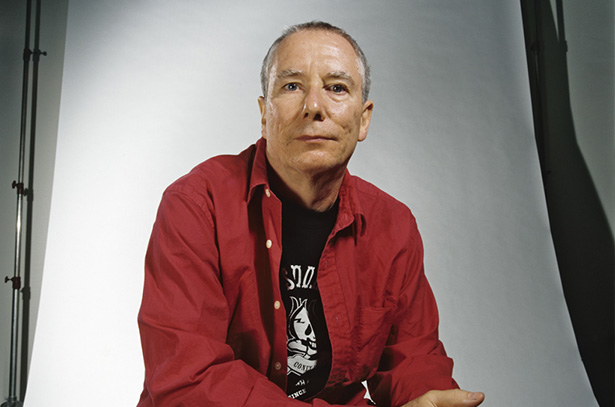
Mike Kelley: Kandors 1999 – 2011 Book Lab
21 Oct - 21 Jan 2018
Past
Los Angeles
About
From the Archives of the Mike Kelley Foundation for the Arts The Hauser & Wirth Book & Printed Matter Lab is a project devoted to exploring the important space that books and prints occupy in the practice of artists. Building upon Hauser & Wirth’s curatorial and publishing activities, the Lab presents thematic installations, displays, and programming that invite reflection, creative thinking, and further conversation about the world of printed matter and its connection to artists’ ideas and objectives. This iteration of the Book & Printed Matter Lab is dedicated to the work of Mike Kelley and his Kandors series, currently on view in the North and East Galleries. The lab brings together a curated selection of archival materials from the Mike Kelley Foundation for the Arts, including Kelley's personal project notes, sketches, reference books, script drafts for the ‘Extracurricular Activity Projective Reconstruction’ videos, and other materials that reflect the artist’s process. Production stills and documentary footage show Kelley at work on the Kandors series in his Los Angeles studio. This display reveals the conceptual underpinnings of the Kandors project as well as the complex studio production process involved in physically creating this multidisciplinary body of work. Kandors evolved over a ten-year period allowing Kelley room to experiment with ideas, materials, and processes across genres and forms, including sculpture, writing, drawing, video, and sound. Ultimately, Kelley merged the Kandors with another important project, the Extracurricular Activity Projective Reconstruction series. Kelley intended to make 365 videos and installations, one for every day of the year, consisting of reenactments of ‘extracurricular activity’ photographs sourced from high school yearbooks and newspapers. Kelley wrote and directed these narratives, which allowed him to explore what he considered ‘common socially accepted rituals of deviance, such as Halloween activities’ and themes of memory, and trauma. In the late Kandors works, seen in ‘Mike Kelley: Kandors 1999 – 2011’, the EAPR narratives take place in and around the Kandors. A selection of books on the artist’s previous exhibitions and collected writings accompany the archival materials on display. Kelley’s practice was informed by his extensive research across a range of disciplines, such as history, art, cinema, religion, sexuality, philosophy, literature, craft, and popular culture, which reflected in the wide variety of media in which he worked. These interests are evident in the books that he read and referenced, all of which serve to enrich our understanding of Kelley’s reflective thinking and artistic practice. The "Mike Kelley Foundation for the Arts":https://mikekelleyfoundation.org/ seeks to further Kelley’s philanthropic work by providing grants for innovative projects that reflect his multifaceted artistic practice. In order to preserve the artist’s legacy and advance an understanding of his life and creative achievements, the Foundation maintains a collection of Kelley’s artworks and archives, both of which are made available for institutional loans and research purposes. The non-profit Foundation was established by the artist in 2007.
Installation views


About the Artist

Mike Kelley is widely considered one of the most influential artists of our time. Originally from a suburb outside of Detroit, Kelley attended the University of Michigan, Ann Arbor, before moving to Southern California in 1976 to study at California Institute of the Arts from which he received an MFA in 1978. The city of Los Angeles became his adopted home and the site of his prolific art practice. In much of his work, Kelley drew from a wide spectrum of high and low culture, and was known to scour flea markets for America’s cast-offs and leftovers. Mining the banal objects of everyday life, Kelley elevated these materials to question and dismantle Western conceptions of contemporary art and culture.
Starting out in the late 1970s, Kelley became known for performance and installation based works; he came to prominence in the 1980s with a series of sculptures composed of common craft materials and stuffed animals. His work later widened in scope and physical scale, exemplified by ‘Educational Complex’ (1995), the ‘Kandors’ series (1999 – 2011), ‘Extracurricular Activity Projective Reconstruction’ series (2000 – 2011), and the posthumously completed public work ‘Mobile Homestead’ (2006 – 2013). These projects invoked a vast range of media and forms, illustrating the artist's versatility and underscored a number of Kelley's recurrent themes, such as repressed memory, sexuality, adolescence, class, and Americana, which were central to his artistic praxis. Throughout his career, Kelley also worked on curatorial projects, collaborated with many artists and musicians, and produced a formidable body of critical and creative writing.
Current Exhibitions
1 / 10









